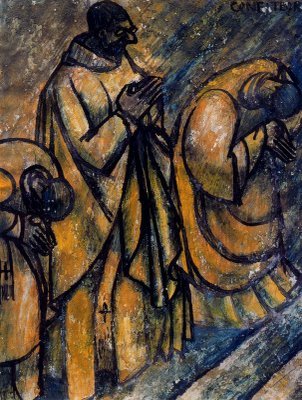
Diocese of Providence R.I.
The first structure on the site of the present cathedral was a small church, built to provide a place of worship to the then limited number of Catholics in Rhode Island. This structure was dedicated as the Church of SS. Peter and Paul on November 4, 1838.
In 1844, the Diocese of Hartford was created. The new diocese included the states of Connecticut, Rhode Island and also, Cape Cod. Bishop Tyler, the first bishop of Hartford, decided to make the city of Providence, which was central in the diocese, his city of residence. Upon arrival in Providence, he chose the Church of SS Peter and Paul as his Cathedral. Land was purchase and the little church enlarged and consecrated as a Cathedral in 1847.
Bishop Tyler died in 1849 and was buried in the crypt of the Cathedral.
In 1858 Right Rev. Francis Patrick McFarland was consecrated the third bishop of Hartford. As his predecessors before him, Bishop McFarland continued to live in providence.
In 1872, the Diocese of Providence was created and the Bishop of Hartford moved to Hartford.
The old Cathedral, only forty years old was in a state of bad repair, and plans for the construction of a new cathedral were undertaken.
On Thanksgiving Day of 1878 the cornerstone of the present (new) Cathedral was laid in its place. The Cathedral itself was not consecrated until Sunday, June 30, 1889.
In 1968, in anticipation of the 100th anniversary of the founding of the diocese, a massive renovation program was begun. This renovation was designed to refurbish the Cathedral in line with the supposed liturgical reforms of the second Vatican Council. The renovation process took more then three years to complete.



















